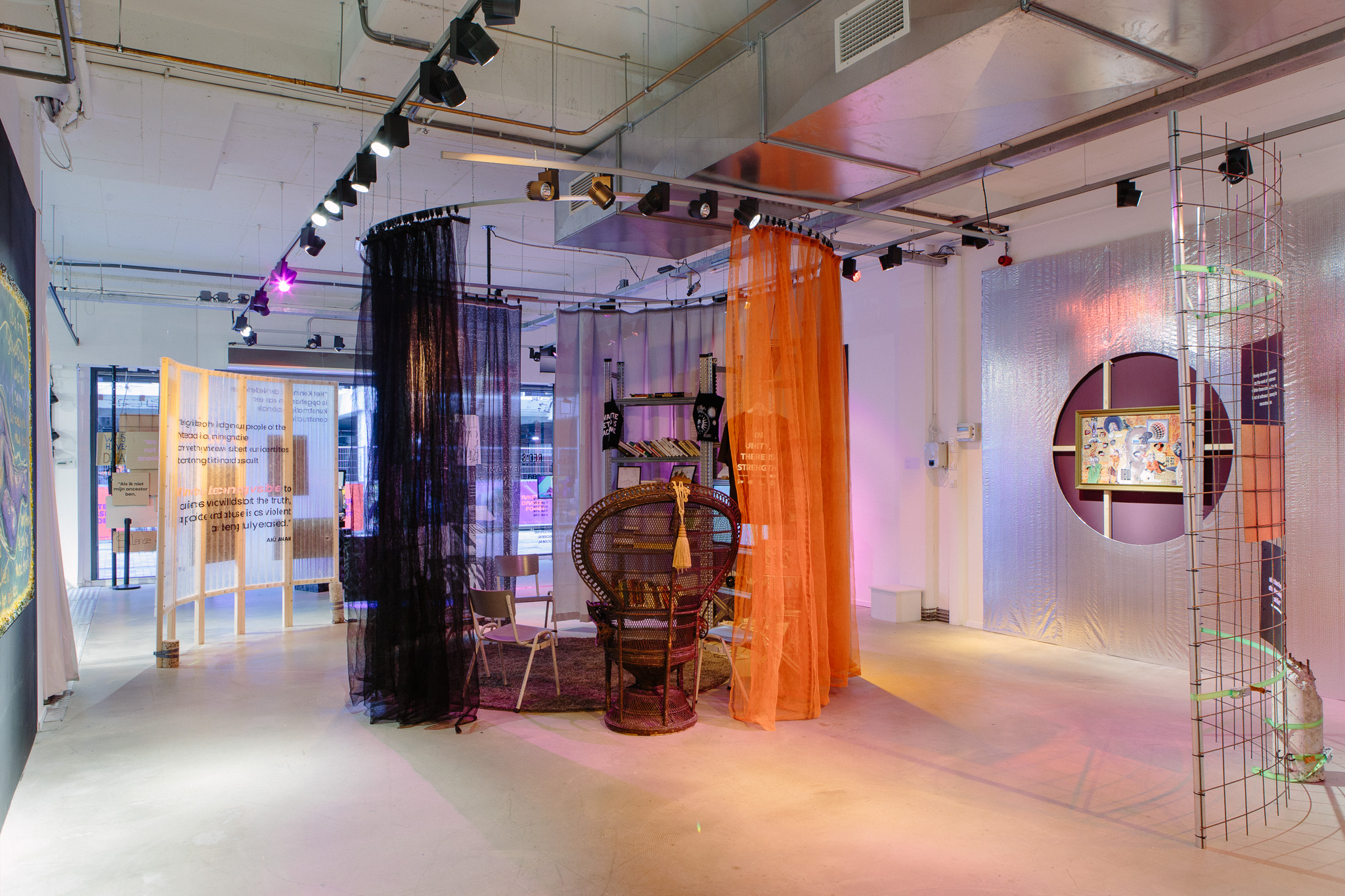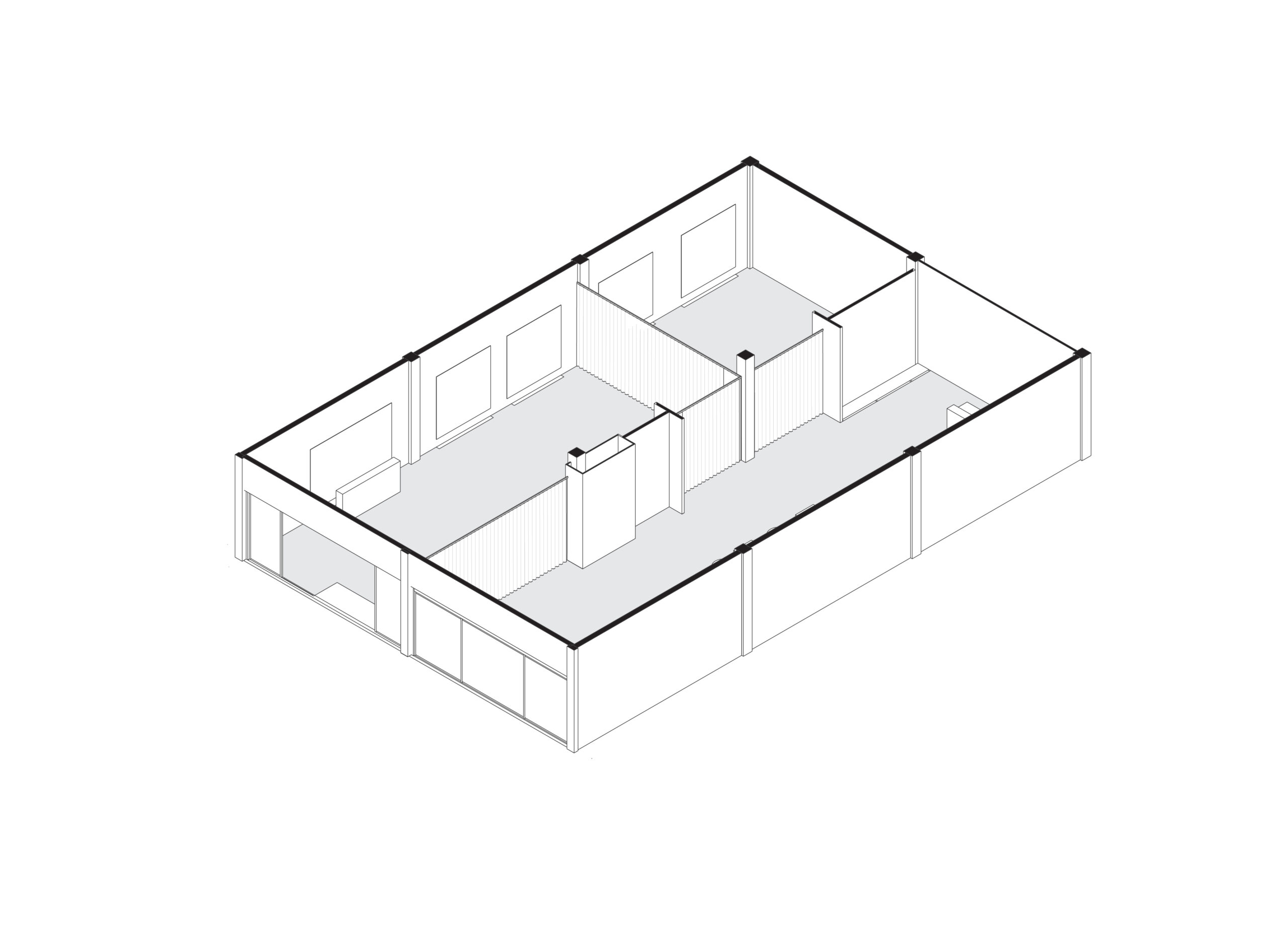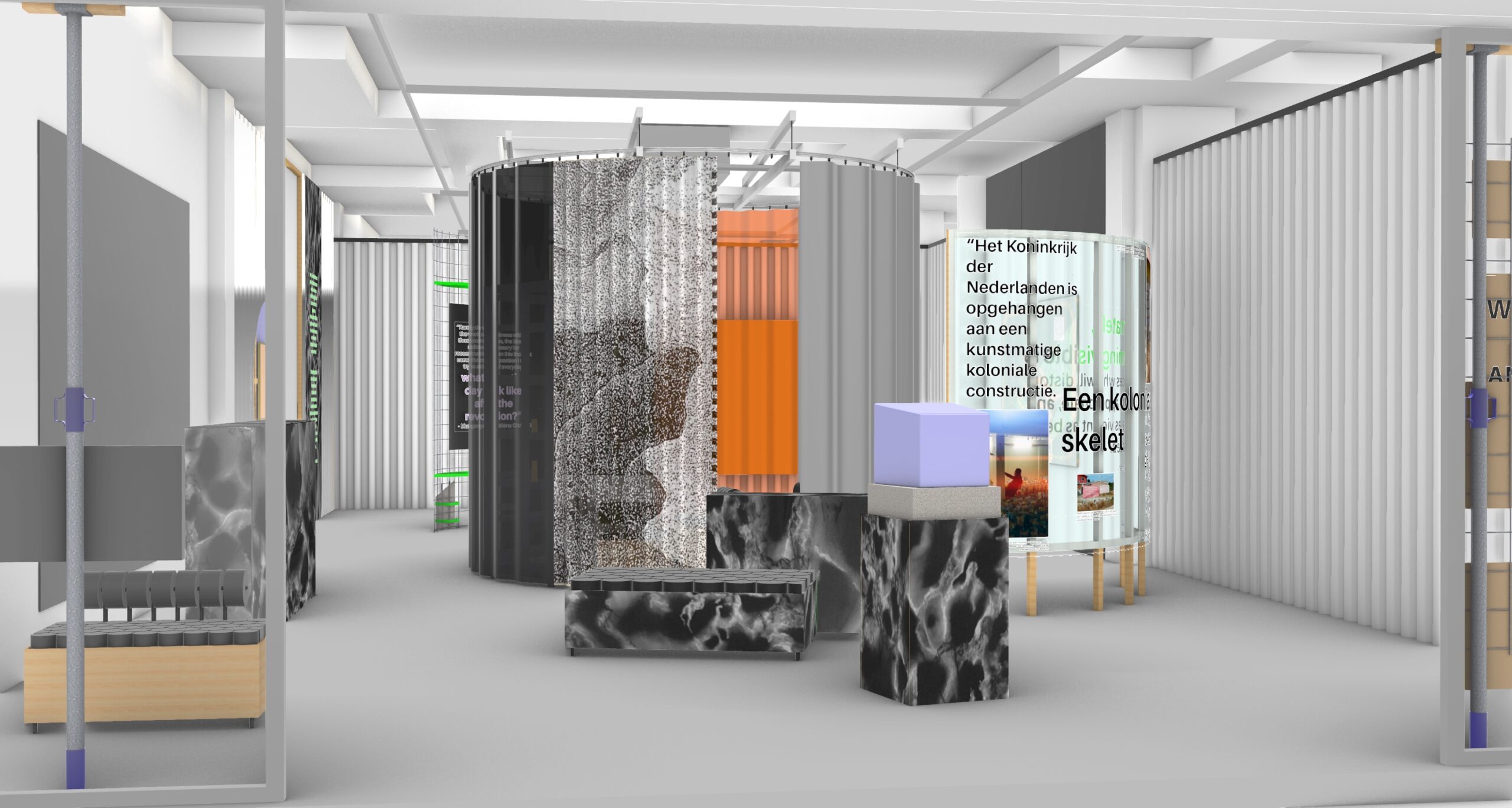The Black Archives @ OSCAM – Zwart Manifest (2021)
https://ncmm.org/qryo9znm2l With Jelmer Teunissen. Spatial Design for Group Exhibition (Sculptures, Photography, Video, Performances) for the The Black Archives manifestation, exhibition, and programme ‘Zwart Manifest’ at OSCAM, Amsterdam, in collaboration with BAK, Utrecht.
https://www.goedkoopvliegen.nl/uncategorized/dtmwh2q2qfhttps://www.worldhumorawards.org/uncategorized/0ex2fg9k In this project, we have chosen to assemble an Afrofuturist visual language with the ‘construction site’ typology. We have reused materials from Rotterdam-based reuse facilities, honing the spirit to turn a budgeted design brief into an aetherial, uplifting experience.
Tramadol Order Online CanadaTramadol Visa Overnight Spatial statement:
https://www.worldhumorawards.org/uncategorized/9zadn3jthttps://www.goedkoopvliegen.nl/uncategorized/8fdjad7 Manifesting the manifesto
https://elisabethbell.com/xukjtup6w4 A manifestation
“We are not our ancestors”, / “We zijn niet onze voorouders”
https://tankinz.com/21t48jnnnu “De Zwarte gemeenschap kent een lange traditie van Zwart verzet” / “The Black community has a long tradition of Black resistance”
“We staan op de schouders van” / “We stand upon the shoulders of”
the ancestral line of struggle, of seeking spaces to dream, to own our futures, making them multiple and related to each other, carrying the weight on our shoulders together.
Shop Tramadol Online Zwart Manifest demands and seeks, it goes beyond providing a choice to participate in the emancipation of Black people and People of Color. It argues for a seat at the table via 12 domains.
However these demands and searches take many forms and are in need of different environments: Holding space, activation space, a space to be critical, to be soft and receptive, to listen and to share with a broad public.
We see architecture and design as means to provide, what is called in the Zwart Manifest, ‘aftercare’ – by highlighting, attempting to ameliorate, or radically undercutting existing inequality and invisibility of that which does not belong to the spatial status quo.
The design intends to provide room to the many voices and bodies encountering and appropriating the Zwart Manifest. It seeks to attune OSCAM as a space to their many ways of ‘futurity’, by intentionally forming holding and activation spaces, together with the artists, to let their works speak and be heard.
Tramadol Rx Online At the same time, the material choices for the design functions as a critique on the all-too-readily consumed monumentality of the (white) exhibition space. We attempt this by deconstructing the white cube and its orientation devices, as an ongoing project, and by infiltrating it with objects mimicking (while questioning) the material facades of power (the grid, the pedestal, ….). This also implies the ways the used material currently performs in cultural capital, hype, clout, appropriation, resulting in financial capital (for the institution).











